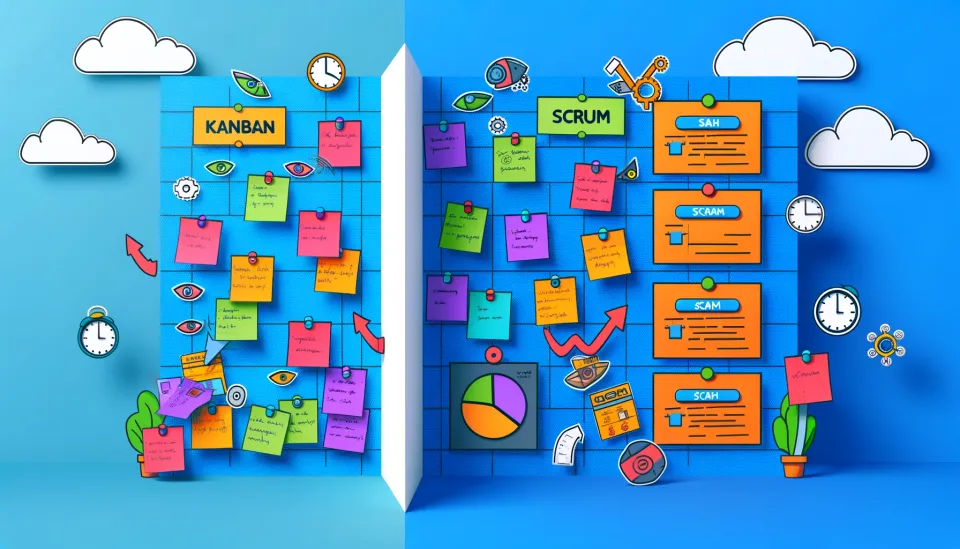Kanban vs Scrum for SaaS Product Development

When you're building SaaS products, choosing the right development framework can make all the difference. Let's get into the nitty-gritty of when to use Kanban, when to opt for Scrum, and why sometimes a blend of both might be your best bet.
Kanban is your go-to when flexibility is key. It's perfect for ongoing projects where requirements change frequently and speed is of the essence. You've got a visual board, and you pull work from the backlog as you have the bandwidth. This is great for mature products that need continuous deployment and quick updates.
Now, Scrum suits teams looking for a structured approach. If you've got a new product or feature and you need a solid MVP (Minimum Viable Product), Scrum's your guy. You work in sprints, which are like mini-deadlines, so everyone knows what they're doing and when. It's a series of short, fast races to get your product market-ready, with regular check-ins to adapt or pivot as needed.
But here's the kicker – as your product matures, you might want to switch gears from Scrum to Kanban. Start with Scrum to get that MVP out the door and gather user feedback. Once you've found your product-market fit and you're updating and tweaking rather than building from scratch, Kanban can help you keep things moving smoothly without the rigidity of sprint deadlines.